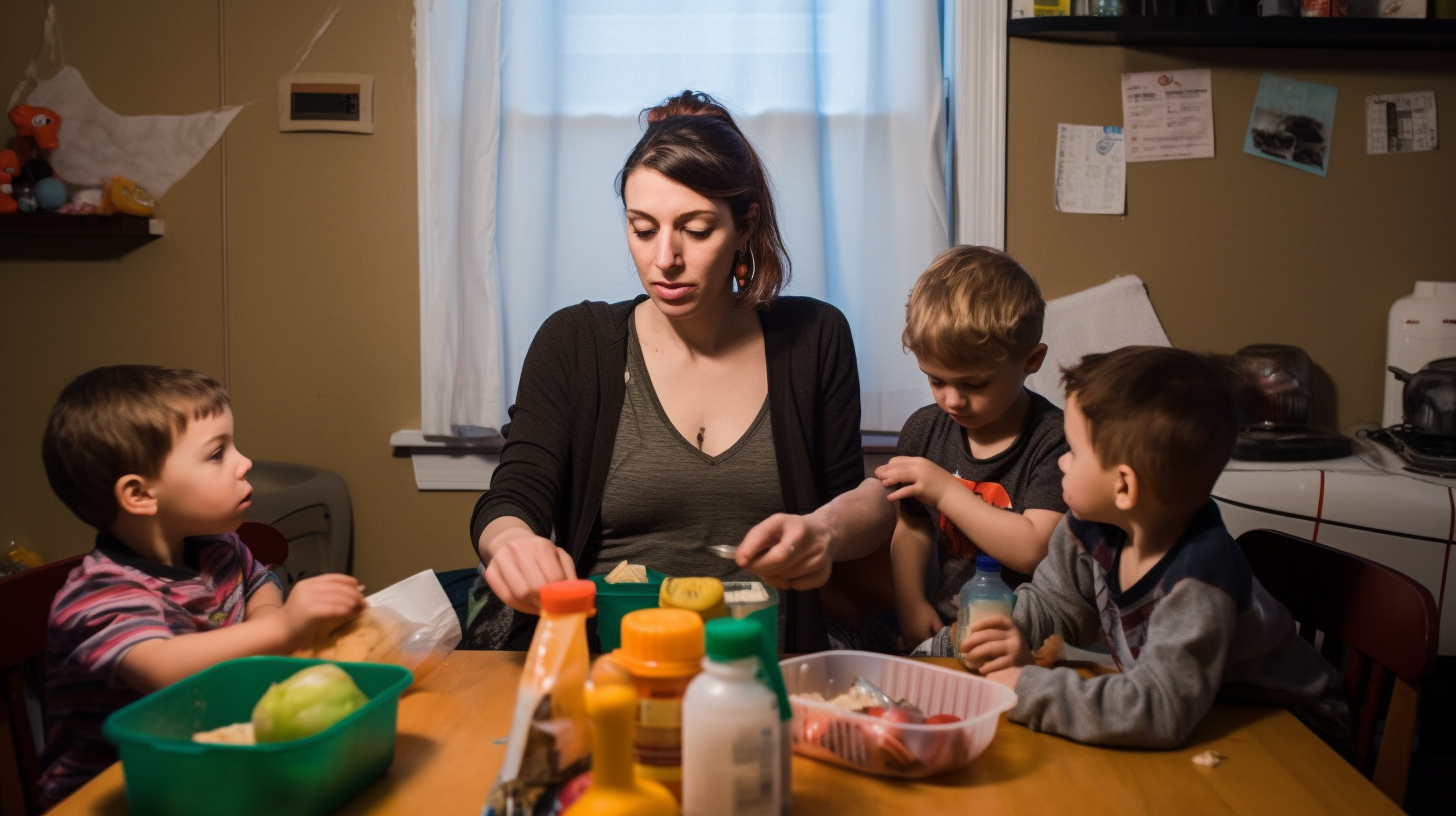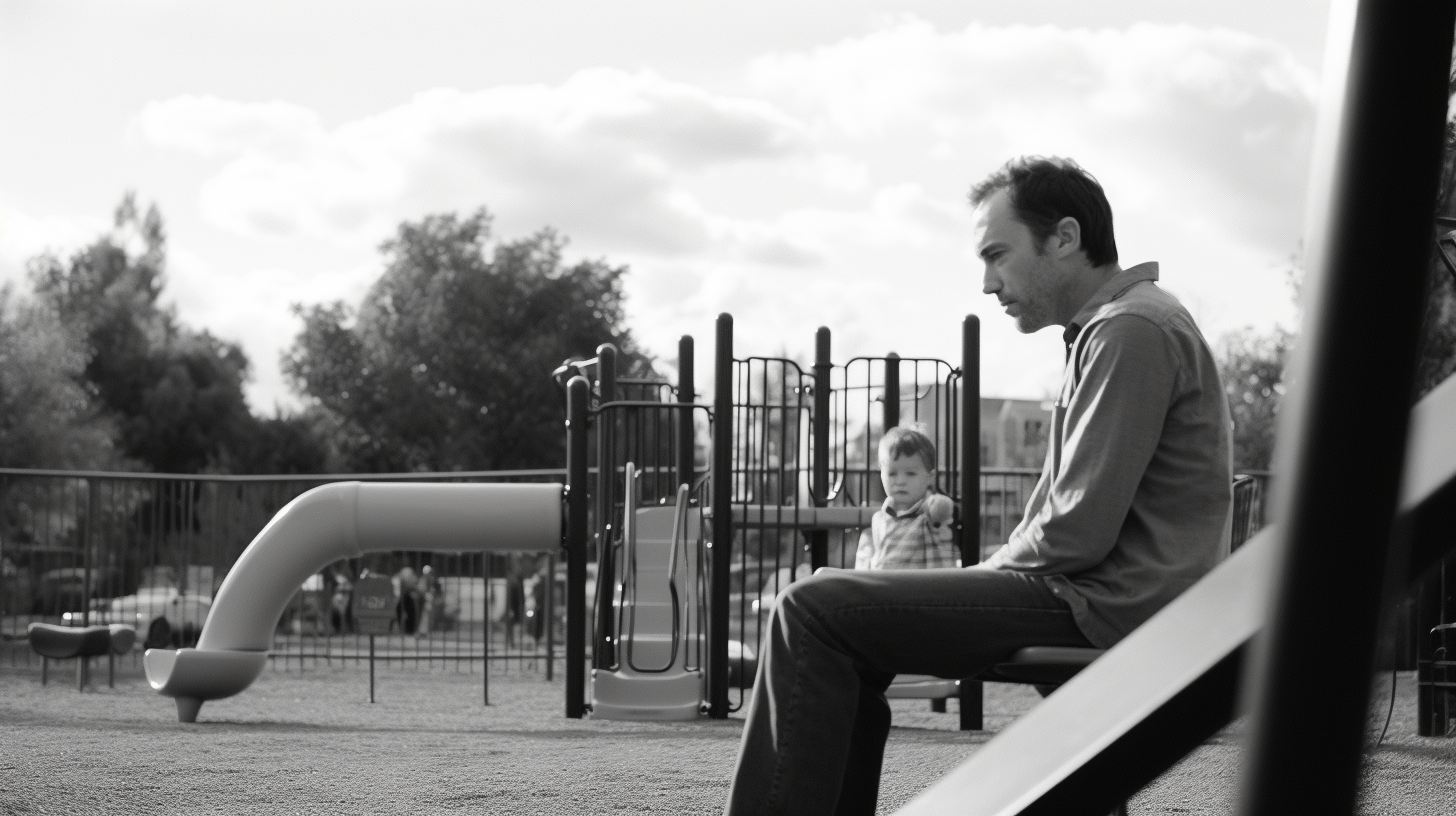Effective Ways to Discuss Divorce with Children
Introduction:
Divorce is a challenging process that can have a significant emotional impact on everyone involved, especially children. As a parent or guardian, discussing divorce with your children is one of the most difficult conversations you may ever have to have. It’s natural to feel overwhelmed and unsure of how to approach the topic in a way that is supportive, informative, and age-appropriate.
However, it is crucial to remember that open and honest communication about divorce can help children understand and cope with the changes happening around them. In this guide, we will explore effective ways to discuss divorce with children, providing you with practical strategies, tips, and insights to navigate this conversation with compassion and understanding.
Step 1: Prepare Yourself Emotionally
Before initiating the conversation with your children, it is essential to take care of your emotional well-being. Acknowledge that discussing divorce may bring up uncomfortable feelings for both you and your children. Here are some steps to prepare yourself:
- Reflect on Your Emotions: Take some time to identify and process your own emotions related to the divorce. It’s normal to feel sadness, anger, guilt, or even relief. Seek support from friends, family members, or a therapist if needed.
- Educate Yourself: Gain a deep understanding of the divorce process and its potential impact on children. This knowledge will help you answer their questions confidently.
- Create a Support System: Surround yourself with people who can provide emotional support during this challenging time. Share your concerns and fears with trusted individuals who can offer guidance and reassurance.
Step 2: Choose the Right Time and Place
The timing and environment in which you discuss divorce with your children can significantly impact their emotional response. Follow these guidelines to create a safe and supportive setting:
- Choose a Calm Moment: Find a time when everyone is calm and free from distractions. Avoid discussing divorce during heated arguments or immediately before important events, such as birthdays or exams.
- Create a Comfortable Space: Choose a quiet and comfortable space where your children feel secure and can express their emotions freely.
- Allow for Privacy: Ensure that the conversation remains private and confidential. This will encourage your children to open up without fear of judgment or embarrassment.
Step 3: Use Age-Appropriate Language
The language you use when discussing divorce with your children should be tailored to their age and level of understanding. Here are some tips to communicate effectively:
- Simplify the Explanation: Use simple and straightforward language to explain what divorce means. For younger children, focus on concepts like “mommy and daddy won’t be living together anymore,” while older children may require more detailed explanations.
- Avoid Blaming: Emphasize that the decision to separate is not the child’s fault. Reassure them that both parents still love them unconditionally.
- Encourage Questions: Let your children know that they can ask questions at any time, even after the initial conversation. Be patient and provide honest answers based on their age and maturity level.
Step 4: Validate Their Feelings
Your children may experience a range of emotions when they learn about the divorce. It is crucial to validate their feelings and provide a safe space for them to express themselves. Here’s how:
- Listen Actively: Practice active listening by giving your full attention to your child. Maintain eye contact, nod, and show empathy to let them know that their feelings are heard and understood.
- Acknowledge Their Emotions: Validate their emotions by saying things like, “I understand that you feel sad/angry/confused right now.” This reassures them that their feelings are normal and valid.
- Reassure Them: Provide reassurance that it’s okay to feel upset about the divorce. Let them know that you are there for them and will support them throughout the process.
Step 5: Maintain Routine and Stability
Divorce often brings significant changes to a child’s life, leading to feelings of instability. Maintaining routine and stability can help children feel secure during this transitional period:
- Create a Consistent Schedule: Establish a consistent routine for your children, including mealtimes, bedtimes, and other daily activities. This predictability provides a sense of stability amidst the changes.
- Encourage Open Communication: Let your children know that they can talk to you about their concerns or ask questions whenever they need to. Regularly check in with them to see how they’re feeling.
- Avoid Negative Comments or Conflict: Refrain from speaking negatively about your ex-partner in front of your children. Encourage positive communication between both parents to create a harmonious environment for the children.
Step 6: Seek Additional Support if Needed
It’s important to acknowledge that discussing divorce with your children can be a complex and emotionally challenging process. If you feel overwhelmed or unsure of how to proceed, don’t hesitate to seek additional support:
- Therapy or Counseling: Consider seeking professional help from therapists or counselors who specialize in child psychology and divorce. They can provide guidance and support for both you and your children.
- Support Groups: Joining support groups for parents going through divorce can offer a valuable space to share experiences, gain insights, and learn from others’ journeys.
- Books and Resources: There are numerous books and online resources available that provide guidance on discussing divorce with children. Look for reputable sources that align with your values and parenting style.
Conclusion:
Talking to children about divorce is undoubtedly a challenging task, but by approaching the conversation with empathy, understanding, and age-appropriate language, you can help them navigate this difficult transition more effectively. Remember to prepare yourself emotionally, choose the right time and place, use language suitable for their age, validate their feelings, maintain routine and stability, and seek additional support when needed.
By following these steps and incorporating open communication into your family dynamic, you can create an environment of trust, love, and resilience that will support your children’s emotional well-being throughout the divorce process.




